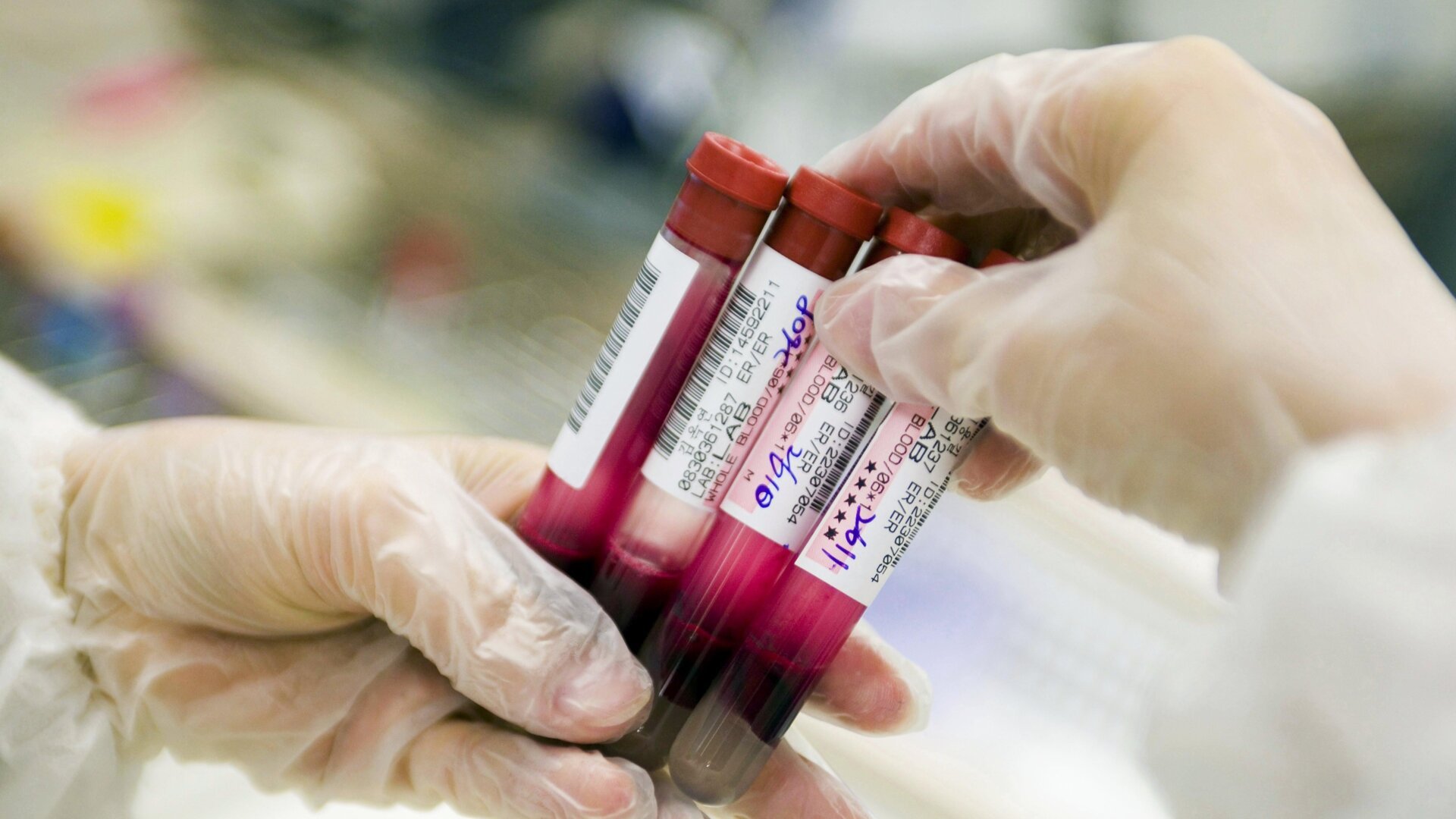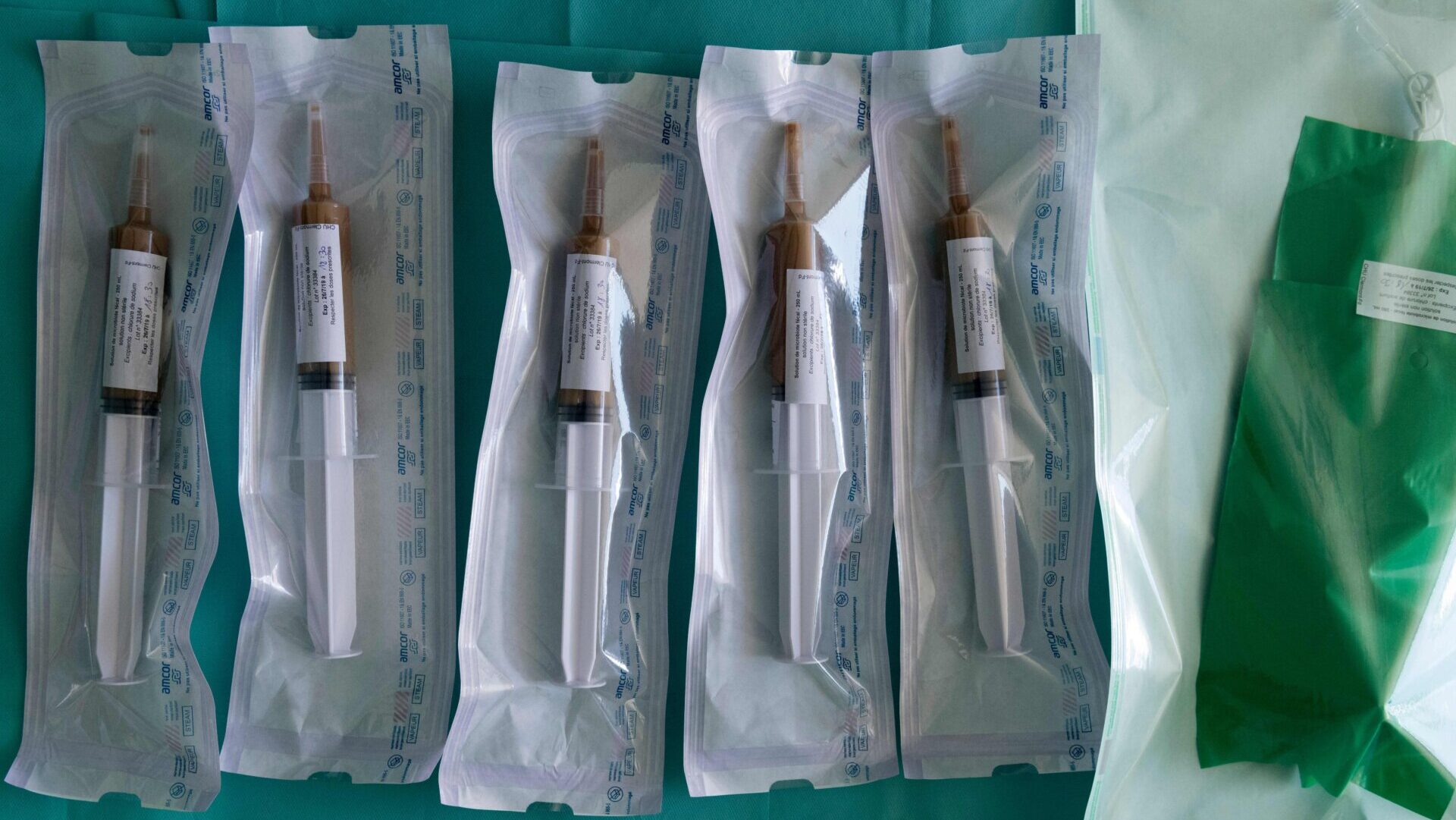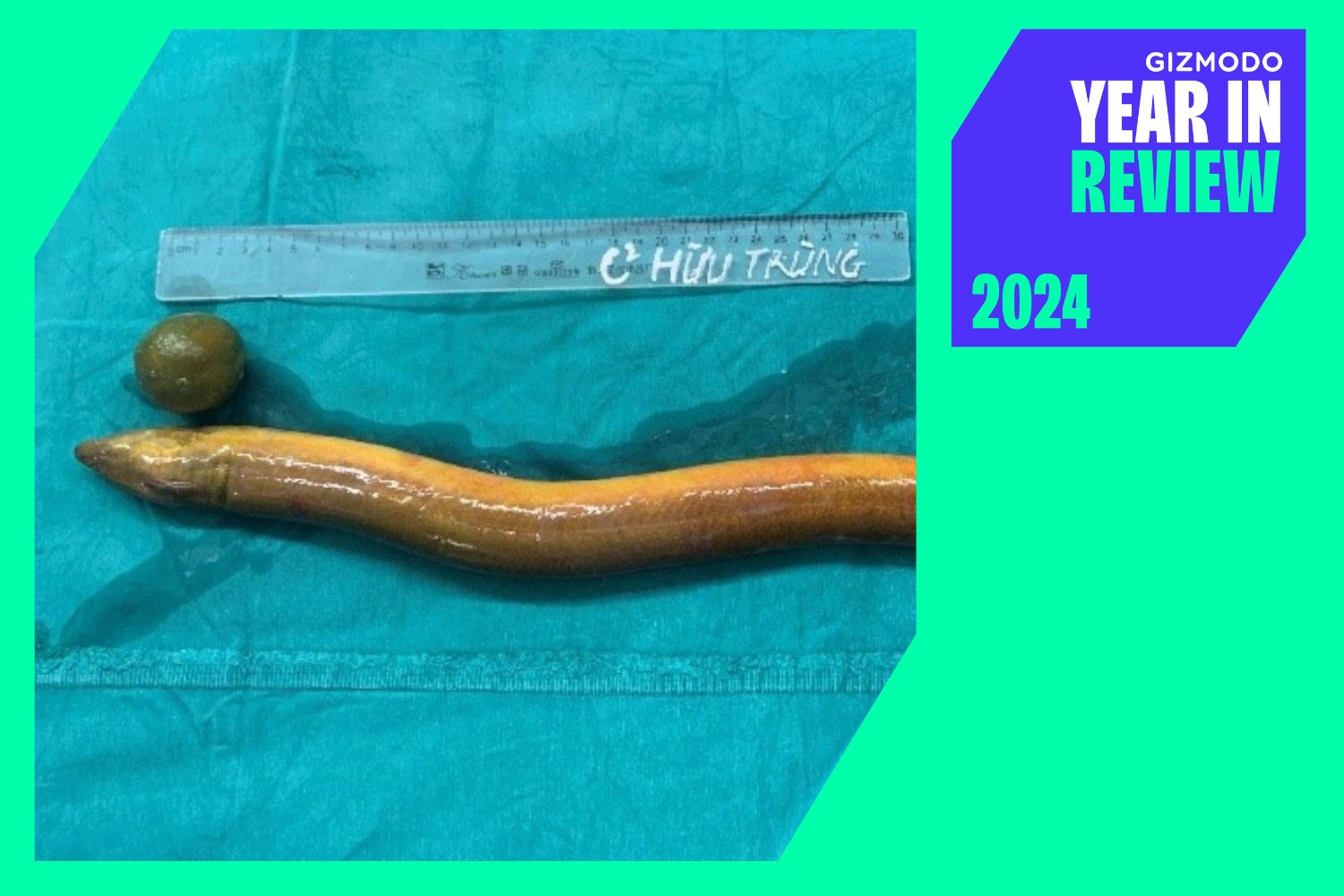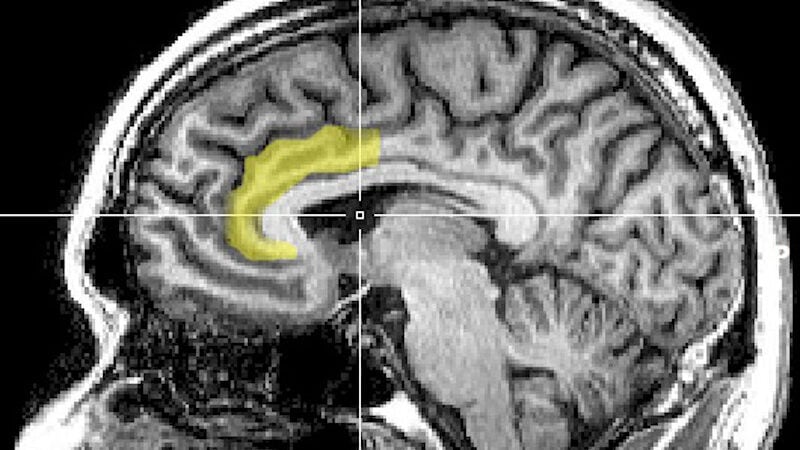Alzheimer’s disease diagnosis currently relies on a combination of cognitive tests, brain imaging, and lab work, primarily focused on eliminating other potential causes. This process, as outlined by the National Institute on Aging, often leads to misdiagnosis, impacting up to 35% of patients in specialized clinics and potentially more in primary care settings. A new, simplified blood test offers hope for a more accurate and efficient diagnostic method.
Simplifying Alzheimer’s Detection with a Blood Test
Existing blood tests for Alzheimer’s, while showing potential, are often complex. An international team of physicians has developed a new method that addresses this complexity. The test focuses on identifying a specific biomarker in blood plasma: plasma phosphorylated tau 217 (p-tau217). This biomarker, also present in cerebrospinal fluid, is associated with Alzheimer’s disease. The less invasive blood test offers a significant advantage over the more complex cerebrospinal fluid extraction.
Biomarkers and Plaque Ratios: Key to Accurate Diagnosis
This novel approach analyzes the ratio of two components within amyloid plaques, characteristic formations in the brains of individuals with Alzheimer’s. The researchers hypothesized that the combined presence of p-tau217 and a specific ratio of these plaque components would provide conclusive evidence of the disease.
Study Shows High Accuracy in Alzheimer’s Detection
Over four years, the blood test was administered to over 1,200 Swedish patients experiencing cognitive symptoms. The results, published in the Journal of the American Medical Association, demonstrate remarkable accuracy, correctly identifying signs of Alzheimer’s in approximately 90% of participants. Blood test results were compared against cerebrospinal fluid test results across various patient groups.
Future Implications and Potential for Improved Outcomes
While further research is necessary before this blood test becomes widely available, the preliminary findings are highly encouraging. The researchers emphasize the potential of early diagnosis to significantly improve patient outcomes. This is particularly relevant given the promising new immunotherapy treatments currently undergoing clinical trials.
Conclusion: A New Era in Alzheimer’s Diagnosis?
This innovative blood test offers a simplified and highly accurate method for detecting Alzheimer’s disease. By analyzing p-tau217 and plaque component ratios, it presents a potential breakthrough in early diagnosis, paving the way for more effective intervention and improved outcomes for patients. Further research will solidify these findings and bring this promising diagnostic tool to wider clinical practice.











